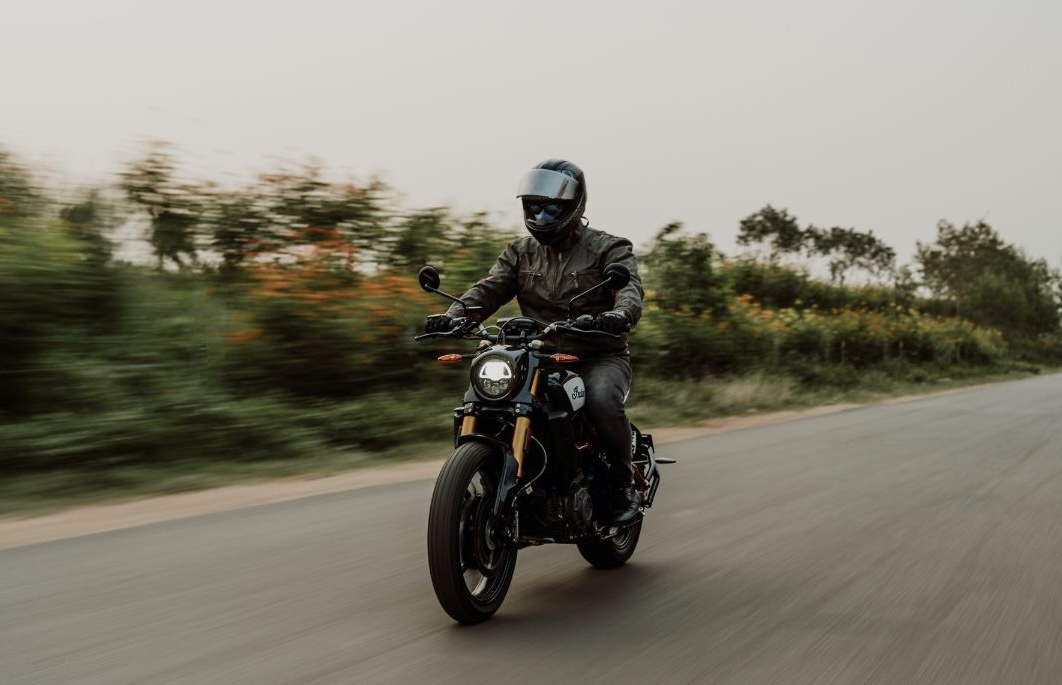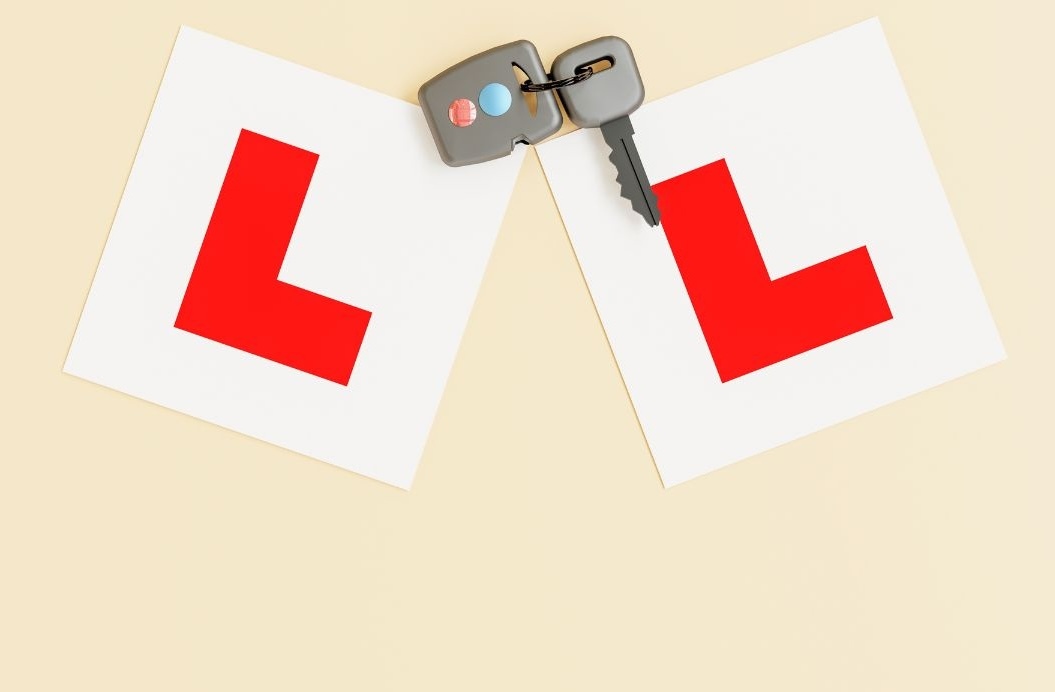L plates are a common sight on roads across the UK, especially on motorbikes.
These plates signify that the rider is a learner, helping other road users recognise their inexperience.
Understanding the rules and types of L plates is required for anyone starting their motorbike journey.
This article will cover the significance of why motorbikes have l plates, the legal requirements for displaying them, and the various types available.
By the end, you'll be well-informed about how to correctly use L plates and a safer and more compliant riding experience.
What is a Motorbike L Plate?

Motorbike L plates are a specific type of plate displayed on motorcycles to indicate that the rider is a learner.
These plates are typically white with a red ‘L’ and are a legal requirement for anyone holding a provisional motorbike licence in the UK.
The purpose of L plates is to alert other road users that the rider is still in training and may need extra caution or space.
In the UK, all learner motorcyclists must display L plates until they pass their full motorbike test.
This rule helps separate learner drivers from more experienced riders, providing a clear visual cue to other motorists.
Some regions might have slight variations in the specifics of L plate usage, but the overall purpose remains the same: to promote safety and awareness on the roads.
Important Rules for Motorbike L Plates
There are several rules regarding the display of L plates on motorbikes.
Firstly, L plates must be visible on both the front and rear of the motorcycle.
They should be securely attached and positioned upright so that they can be easily seen by other road users.
Failure to properly display L plates can result in penalties, including fines and points on your provisional licence.
This is because not displaying L plates correctly can compromise road safety by not informing other drivers of your learner status.
It's essential to check regularly that your L plates are still visible and securely fastened, especially after long rides or in adverse weather conditions.
Learners must display L plates from the moment they start riding with a provisional licence until they pass the practical motorbike test and obtain a full licence.
There are no exceptions to this rule, making it a strict requirement for all motorbike learners.
Additionally, riding without L plates, or using incorrectly sized or positioned plates, can invalidate your insurance, leading to further legal complications.
Understanding these rules not only keeps you compliant with the law but also helps your safety and that of other road users.
Types of Motorbike L Plates

Motorbike L plates come in various designs and materials, each offering different benefits in terms of durability and visibility.
The most common types are rigid plastic and flexible magnetic L plates.
Rigid plastic L plates are durable and weather-resistant, making them ideal for long-term use.
They are less likely to be damaged by wind or rain, and they remain visible.
However, they can be more challenging to attach securely to some motorbikes, requiring proper mounts or brackets.
Magnetic L plates are another popular option due to their ease of attachment and removal.
These plates can be quickly applied to any metal surface on the bike, making them convenient for learners who may switch between vehicles.
However, they are less durable than plastic plates and may fall off if not attached properly, especially at higher speeds.
Innovations in L plate design include reflective materials that improve visibility during nighttime riding.
Some plates also come with adhesive backing, providing a secure fit on non-metal surfaces.
When choosing the best type of L plate, consider factors such as the type of riding you do, weather conditions, and how often you'll need to remove and reattach the plates.
Selecting the right plate means that you stay compliant with legal requirements while maximising visibility and safety on the road.
Displaying a Motorbike L Plate
Correct positioning and secure attachment of L plates are needed to maintain their visibility and legal compliance.
The plates must be displayed on both the front and rear of the motorbike, and they should be upright and visible from a distance, if you can learn more about number plate fitting it can benefit you greatly.
The ideal spots for attaching L plates are the front fork or mudguard and the rear number plate holder.
Maintaining the visibility and legibility of L plates involves regular checks that are not obstructed by dirt or damage.
In difficult weather conditions, you need to make sure that your L plates remain clean and securely attached.
Common mistakes learners make include placing L plates at an angle or in locations where they can be easily obscured by parts of the motorbike.
You need to make sure that your L plates are properly positioned can prevent these issues.
For purchasing plates, reputable online retailers and motorbike accessory shops are reliable sources.
Sites like Demon Plates offer various options to suit different needs. To learn more about number plate fitting, you can visit their
Additionally, if you want to design your plates, check out their design plates page.
Other Motorbike Number Plates
Apart from L plates, motorcycle learner plates must follow specific legal requirements.
These plates must be reflective, clearly visible, and of a standard size and font. They are essential for vehicle identification and legal compliance.
Custom plates are allowed but must stick to regulations regarding size, font, and visibility.
Combining L plates and regular number plates correctly is needed.
L plates should not obstruct the view of your standard number plate, and both should be securely attached to the motorbike.
These are needed for the safety and legal compliance of learner motorbike riders.
Understanding the rules, types, and correct display methods of L plates can help you get through the learning phase smoothly.
Always make sure that your L plates are visible, secure, and compliant with legal requirements.
For more information on motorbike regulations or to start your riding lessons, take the necessary steps to become a safe and confident rider.
